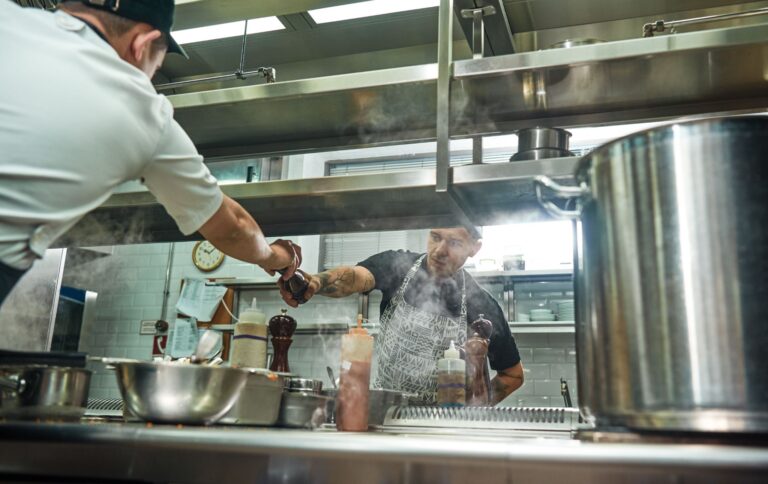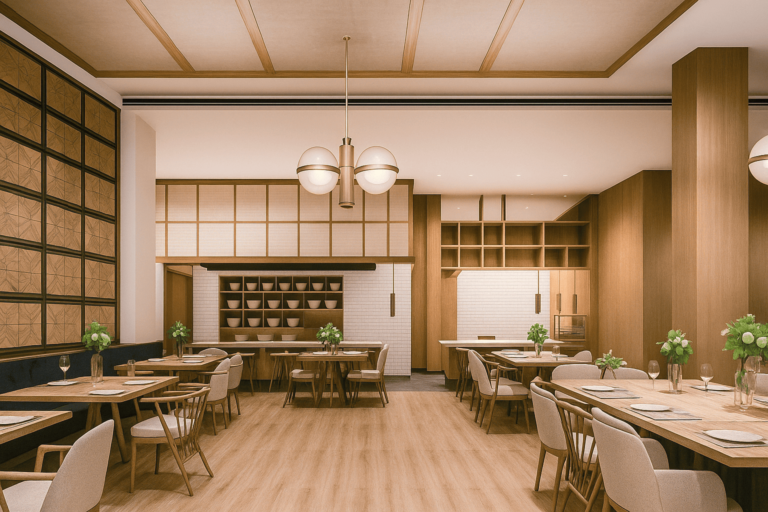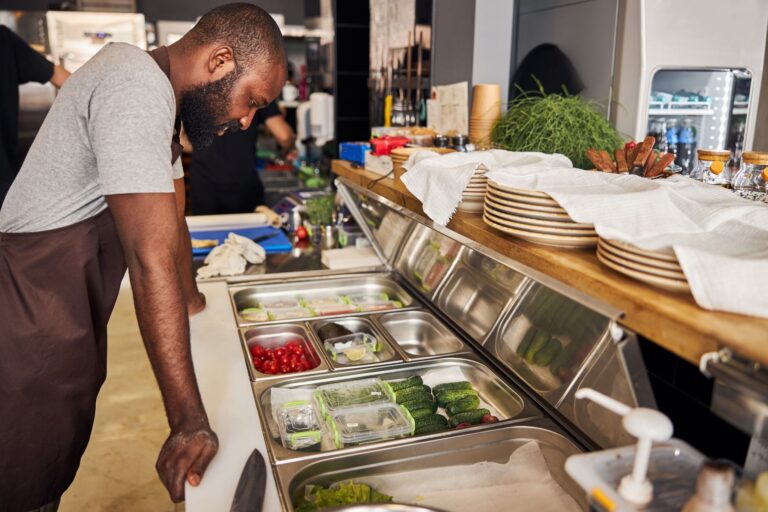More than just a cooking technique, meat aging enhances quality, deepens flavor, and sets a restaurant apart. Integrating it into daily operations requires careful planning, from storage and workflow to staff training. Here’s how to make meat aging a seamless part of your kitchen.
1. Plan your aging space carefully
Successful meat aging starts with a dedicated, controlled environment. Whether it’s a compact countertop cabinet, a mid-sized unit for smaller kitchens, or an upright meat aging cabinet, having the right size for your space can make all the difference. Key considerations include temperature, humidity, and airflow to ensure meat develops consistent texture and flavor. Even small investments in appropriately sized cabinets and proper monitoring create a predictable and efficient process, letting chefs focus on creativity rather than logistics.
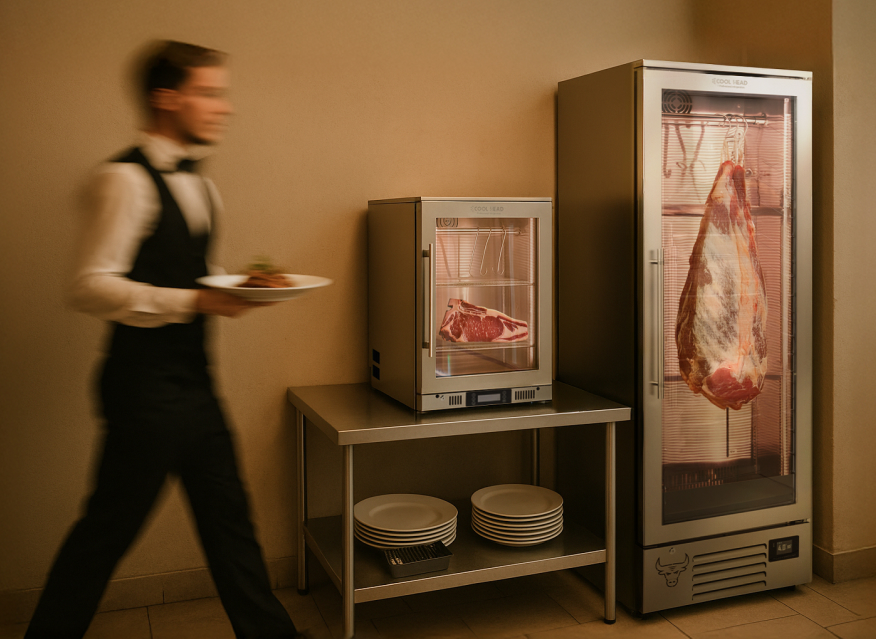
2. Integrate into workflow
Meat aging should enhance operations, not complicate them. To make it seamless, consider a few practical steps:
- Align aging schedules with menu planning to avoid shortages or overstock.
- Rotate older and newer cuts efficiently to maintain consistent quality.
- Keep clear communication between procurement, kitchen, and service teams.
When approached thoughtfully, meat aging becomes a strategic advantage, allowing restaurants to consistently offer premium cuts without disrupting daily operations.
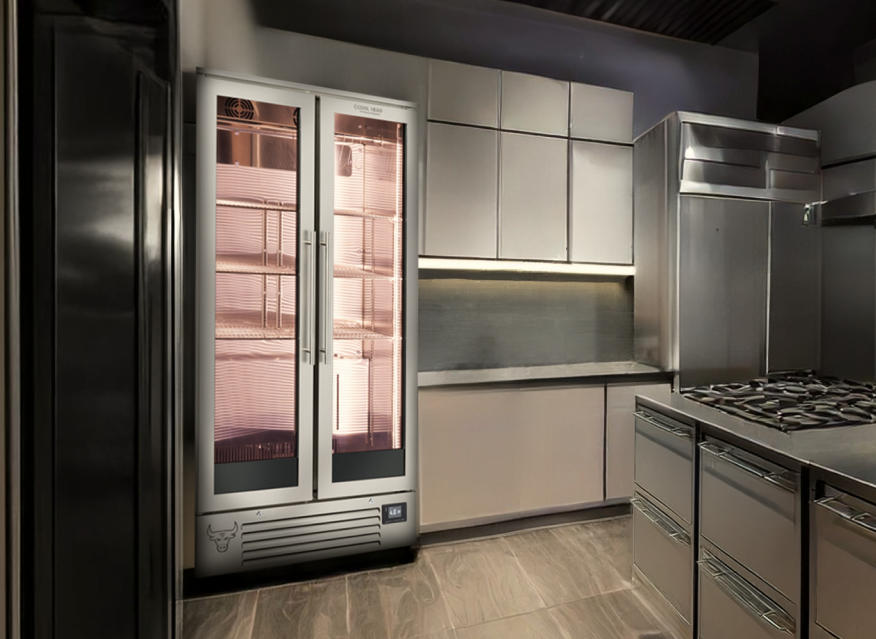
3. Train your team
Introducing meat aging into operations isn’t just about equipment, it’s about people. Chefs and kitchen staff need to understand how to handle cuts properly, identify when meat is ready to serve, and maintain strict hygiene standards. A well-trained team guarantees quality, consistency, and safety, avoiding mistakes that could affect taste or reputation.
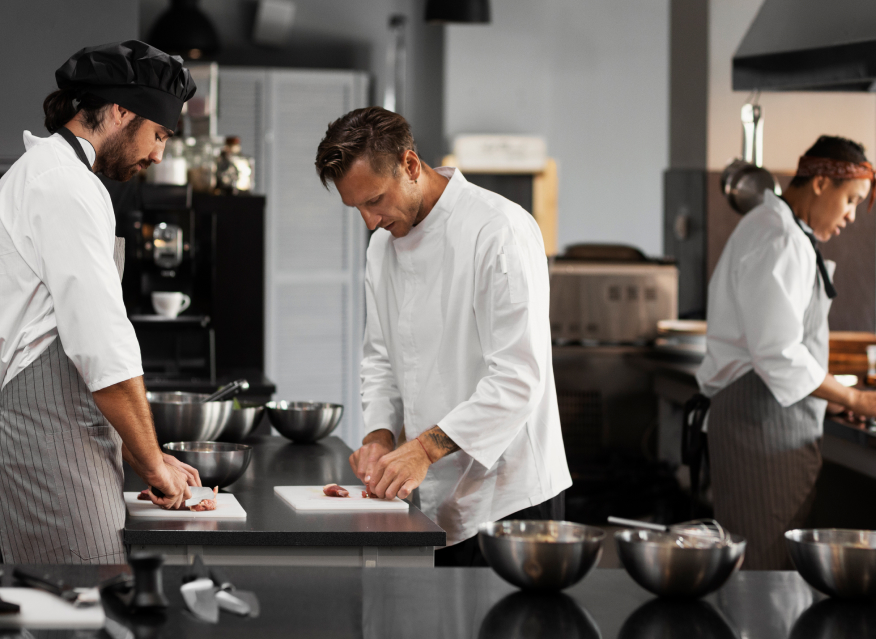
4. Monitor results and refine the process
Meat aging is as much about observation as it is about timing. Modern meat aging cabinets with digital displays allow chefs and managers to easily monitor and adjust temperature, humidity, and aging duration, making small but crucial tweaks that can significantly improve quality.
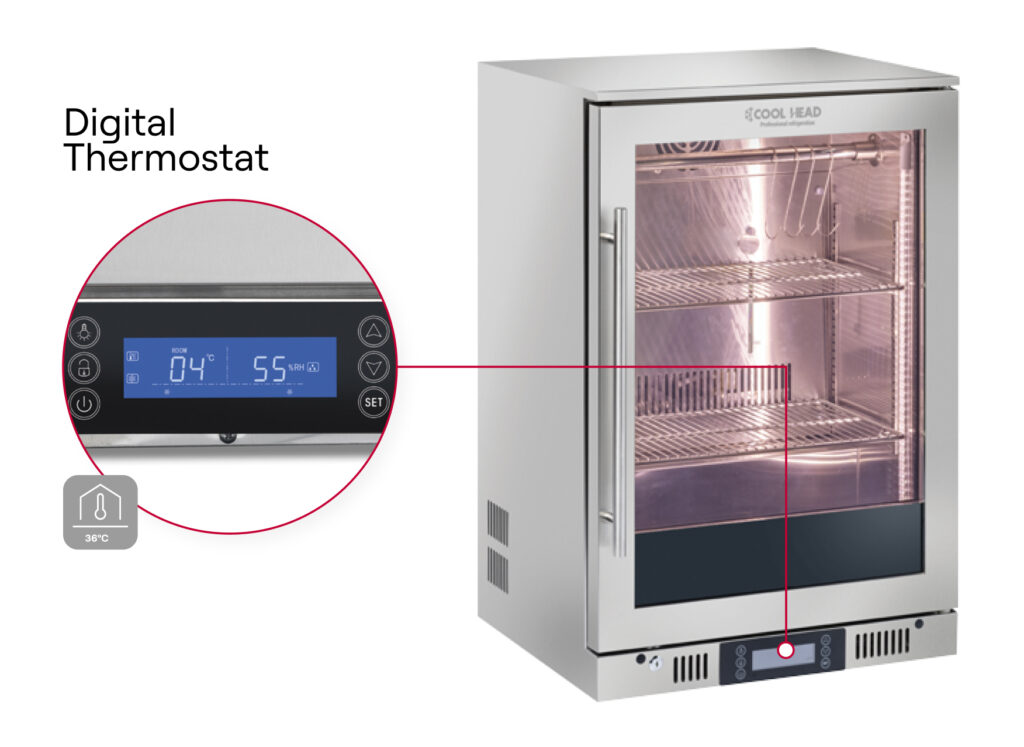
By keeping track of taste, texture, and yield through these precise controls, restaurants can continuously refine their process, ensuring every dish meets the high standards expected by guests.






